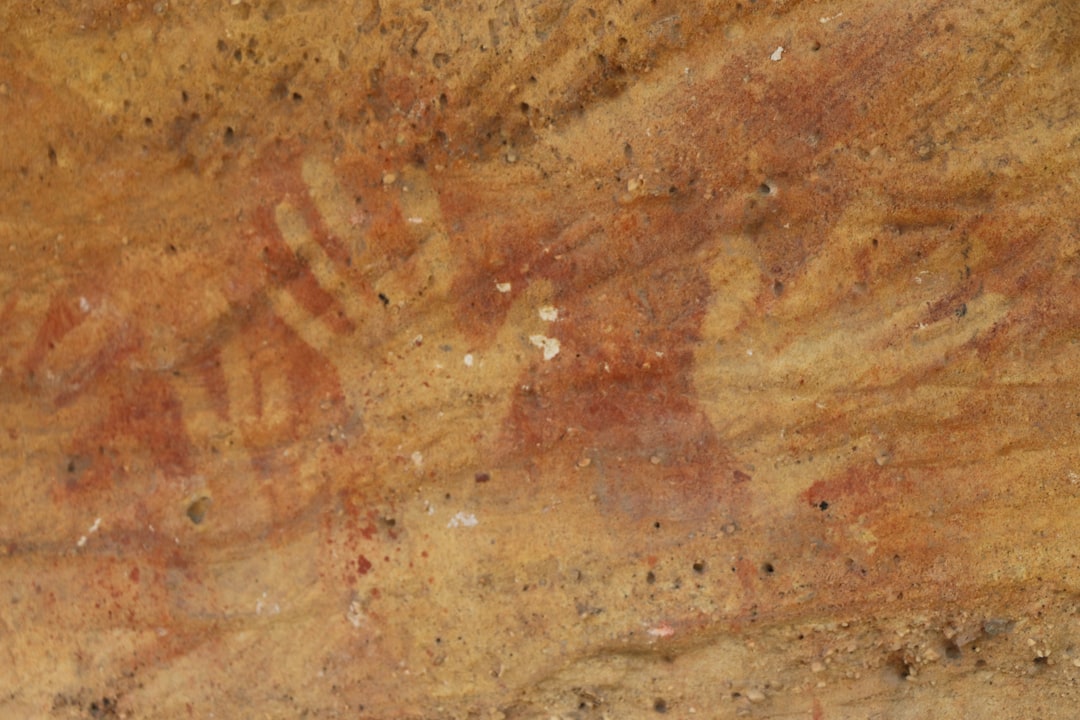What is it about?
The paper is a case study about Agri Valley, Italy where one of the largest inland oilfields in Europe is located. The resulting wastewater is dealt with by injecting it back in to geological formation of Appulian Platform through the CM2 well. Using induced by the process events, we investigate how seismic properties changes due to the injection. We analyze if the anomaly that was observed may be caused by the injection into Appulian Platform only and as result we conclude that additional 3D structure is required to explain it.
Featured Image
Why is it important?
We show the effect of long lasting, relatively low pressure injections. Moreover the study is important because of the place of investigation and enviromental issues that arise around the process of injection in High Agri Valley. We show that attenuation anomaly in the overburden rocks, while placed in the vicinity of the well, is not necessarily the effect of the injection itself.
Perspectives
The injection currently is stopped due to possible enviromental impact on the water levels in the area. As a result it is likely that high interest about the location will be maintained and further studies will emerge to properly asses the possible impact.
Miłosz Wcisło
Institute of Rocks Structure and Mechanics, The Czech Academy of Sciences
Read the Original
This page is a summary of: Variations of attenuation and VP/VS ratio in the vicinity of wastewater injection: A case study of Costa Molina 2 well (High Agri Valley, Italy), Geophysics, March 2018, Society of Exploration Geophysicists,
DOI: 10.1190/geo2017-0123.1.
You can read the full text:
Contributors
The following have contributed to this page










